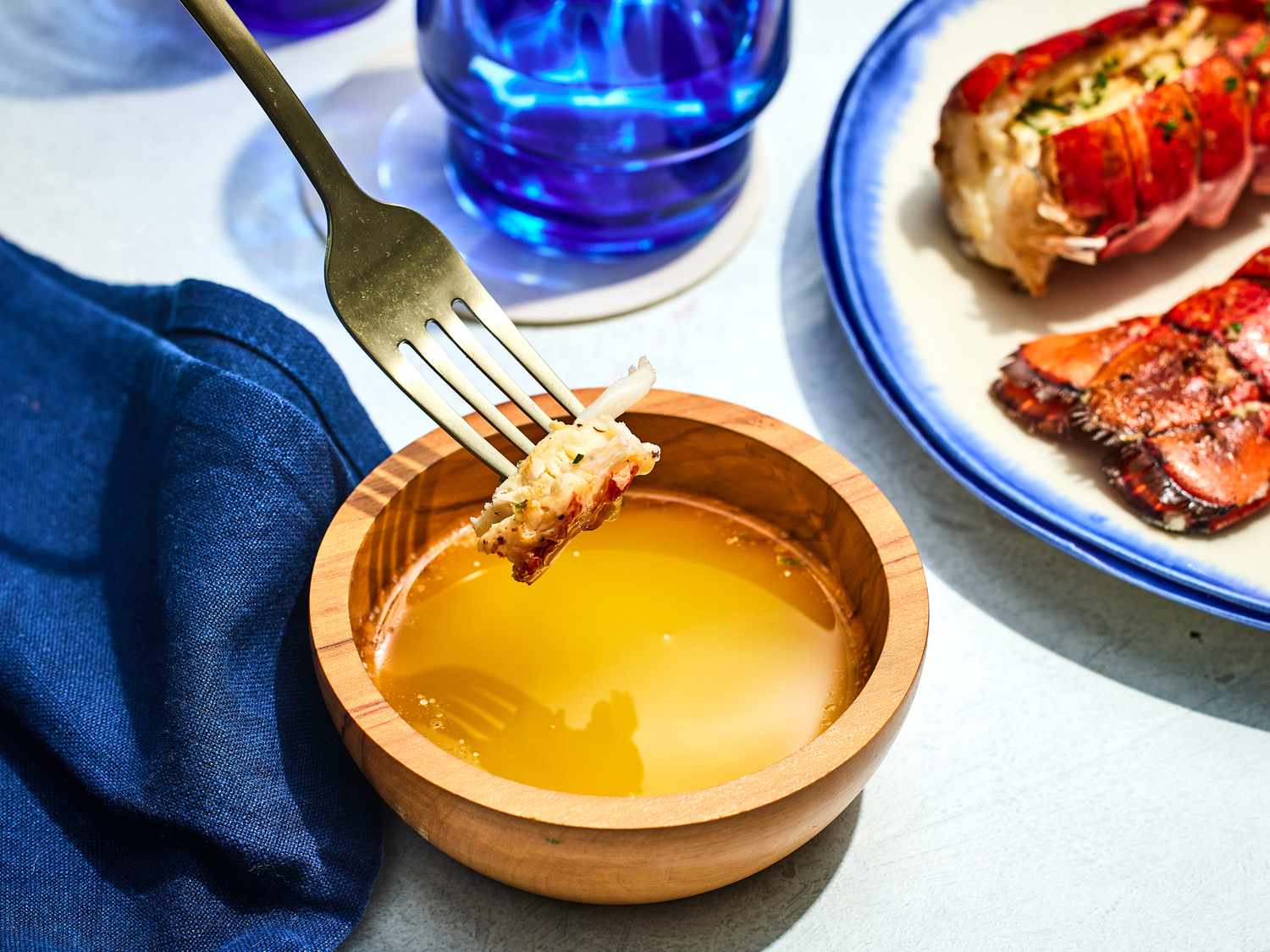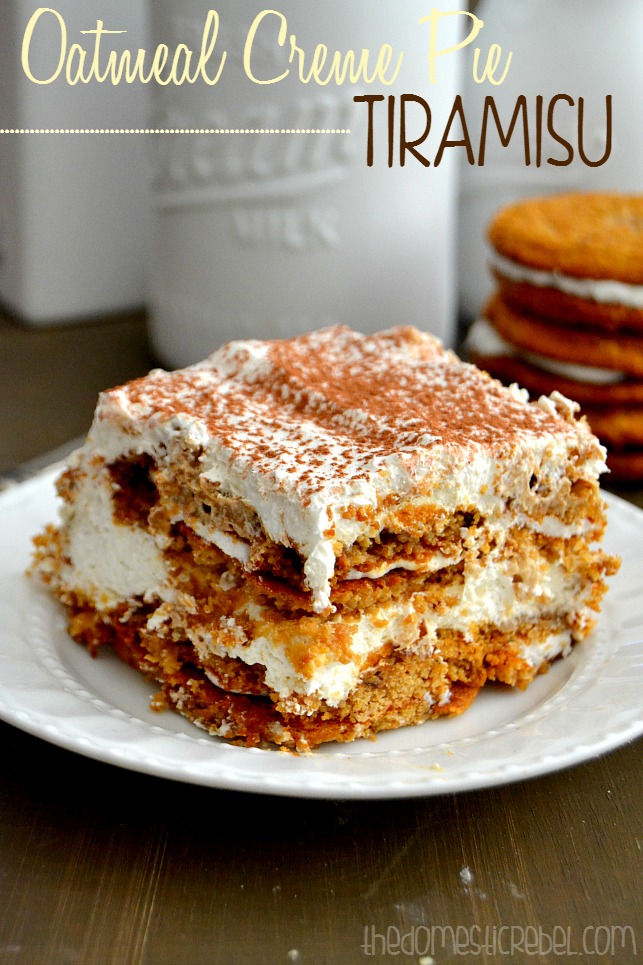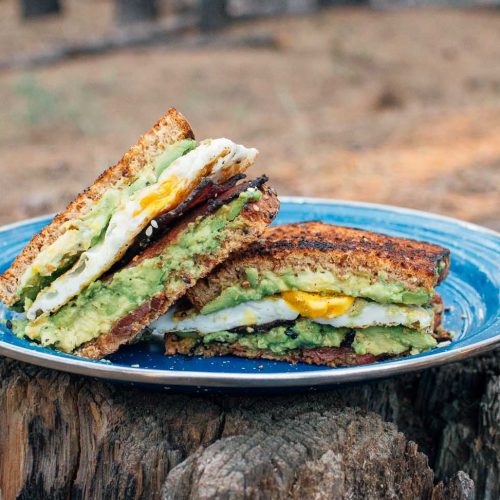Lobster Dipping Sauce: Recipes, Tips, and Pairings
Lobster dipping sauces originated in coastal regions where lobsters are abundant. Early seafood dishes often featured simple accompaniments like melted butter and vinegar. In the 19th century, as lobster became a delicacy, chefs began experimenting with different condiments.
Initially, sauces like hollandaise and aioli gained popularity. These classical European sauces found their way into seafood cuisine, adding richness to lobster dishes. With globalization and culinary exchanges, Asian influences introduced soy-based and spicier options to the mix.
Regional Variations
Different regions developed unique lobster dipping sauces based on local ingredients and tastes. In New England, melted butter with garlic or lemon is a staple. This simple yet flavorful combination highlights lobster’s sweetness.
In the Mediterranean, you’ll find aioli variants, incorporating olive oil, garlic, and sometimes lemon. The richness of the aioli complements the lobster’s texture.
Asian cuisines offer soy-based sauces with ginger, scallions, and sesame oil, providing a savory and aromatic enhancement. These sauces add depth and umami, making them popular in fusion seafood dishes.
Essential Ingredients in Lobster Dipping Sauce
Butter-Based Sauces
Butter-based sauces offer a rich and creamy profile. The essential ingredients include:
- Unsalted Butter enhances the lobster’s natural sweetness.
- Garlic Cloves add depth and a subtle spiciness.
- Lemon Juice brings acidity, balancing the richness.
- Fresh Herbs like parsley or dill, impart an aromatic finish.
- Salt accentuates the flavors, making the sauce more savory.
Mayo-Based Mixes
Mayo-based mixes give a smooth and tangy contrast:
- Mayonnaise provides a creamy base and subtle tartness.
- Lemon Zest adds a fresh citrus note.
- Capers deliver a briny complexity.
- Dijon Mustard provides tanginess and a touch of spice.
- Paprika introduces a mild smokiness.
- Soy Sauce brings a salty and umami depth.
- Sesame Oil offers a nutty aroma.
- Rice Vinegar adds a mild acidity.
- Sriracha provides heat and spice.
- Fresh Ginger imparts a zesty and slightly sweet flavor.
How to Choose the Right Lobster Dipping Sauce
Considering the Type of Lobster
Selecting the optimal dipping sauce depends on the type of lobster you have. While Maine lobsters (Homarus americanus) possess a sweet, tender flesh that pairs well with rich, buttery sauces, spiny lobsters (Panulirus argus) have a firmer texture complemented by zesty, citrus-based dips. If your lobster has a delicate flavor profile, such as the European lobster (Homarus gammarus), opting for a mild aioli or herb-infused butter can enhance its nuances without overpowering it. By understanding these distinctions, you harmonize the sauce’s flavor with the lobster’s characteristics.
Occasion and Pairings
The occasion plays a significant role in choosing the right lobster dipping sauce. For a formal dinner, consider complex sauces like hollandaise or a truffle-infused butter that can impress guests with their depth and richness. Casual gatherings work well with straightforward options like melted garlic butter or a fresh lemon herb dip that pleases a variety of palates without overwhelming them.
When pairing sauces with side dishes, think about complementing flavors. For example, lemon butter complements roasted vegetables, while a soy-based ginger sauce pairs well with rice or Asian-inspired salads. Align your choice of dipping sauce with both the setting and accompanying dishes for a cohesive dining experience.
Popular Lobster Dipping Sauce Recipes
Classic Drawn Butter
Classic drawn butter reigns as a time-honored lobster dipping sauce. Melted butter serves as the base, making it rich and flavorful. Add a touch of lemon juice and a pinch of salt to enhance its simplicity. You can infuse the butter with garlic by simmering minced garlic along with the butter. This preparation brings out the subtle flavors of the lobster meat, complementing its natural sweetness. Serve it warm, ensuring the butter doesn’t solidify.
Spicy Sriracha Mayo
Spicy Sriracha mayo offers a modern twist for those who love a kick. Combine mayonnaise with Sriracha, adding as much hot sauce as suits your taste. Include a splash of lime juice to brighten up the sauce and balance the heat. The creaminess of the mayo blends well with the spicy Sriracha, creating an exciting contrast with the lobster’s subtle sweetness. Garnish with chopped cilantro for an extra layer of flavor and color.
Avocado Lime Crema
Avocado lime crema brings a fresh, vibrant option to the table. Blend ripe avocados with sour cream until smooth, incorporating lime juice for a tangy kick. Season with salt and a touch of cumin for depth. This creamy sauce pairs well with lobster, offering a different, lighter alternative to butter-based sauces. The avocado’s richness complements the lobster meat while the lime juice cuts through with a refreshing note. Use fresh cilantro as a garnish for an additional burst of color and flavor.
Making Your Own Lobster Dipping Sauce
Tips for Beginners
Using fresh ingredients is essential to enhance the flavor of your lobster dipping sauce. Start with simple recipes like garlic butter or lemon butter if you’re new to making sauces. These recipes require minimal ingredients and cooking time, making them accessible for beginners. Ensure to melt the butter slowly to avoid burning it.
Maintaining the right temperature is critical. Gently warm the sauce as lobsters pair best with warm dips. If the sauce turns too hot, it risks overpowering the delicate taste of lobster. Properly whisk the ingredients to ensure an even distribution of flavors.
Flavor Balancing Techniques
Using acidity to balance richness is crucial in creating a well-rounded lobster dipping sauce. Lemon juice, vinegar, or lime can cut through the butter’s richness, offering a balanced taste. When adding acidic ingredients, start with small amounts and adjust gradually.
Incorporating aromatics is another effective technique. Garlic, shallots, and herbs like parsley and tarragon add depth without overwhelming the lobster. Incorporate these ingredients early in the cooking process to infuse their flavors fully.
Sweeteners can also enhance flavor. Adding a bit of honey or sugar balances spicy or tangy sauces. Ensure not to overuse sweeteners as they can easily mask the lobster’s natural taste.
Pairing Suggestions
Classic Drawn Butter suits Maine lobsters due to its simplicity, letting the lobster flavor shine. Spicy Sriracha Mayo complements spiny lobsters, adding a kick that accentuates their unique taste. Avocado Lime Crema pairs well with both Maine and spiny lobsters, providing a creamy yet refreshing balance.
Conclusion
Mastering the art of lobster dipping sauces elevates your seafood dining experience to new heights. Whether you prefer the simplicity of classic melted butter or the bold flavors of a spicy sriracha mayo, the right sauce can transform your lobster dish. Remember to use fresh ingredients and balance the flavors to suit your taste. Experiment with different recipes and pairings to discover your perfect match. With these tips and techniques, you’re well on your way to becoming a lobster dipping sauce connoisseur. Enjoy the journey and savor every delicious bite!





